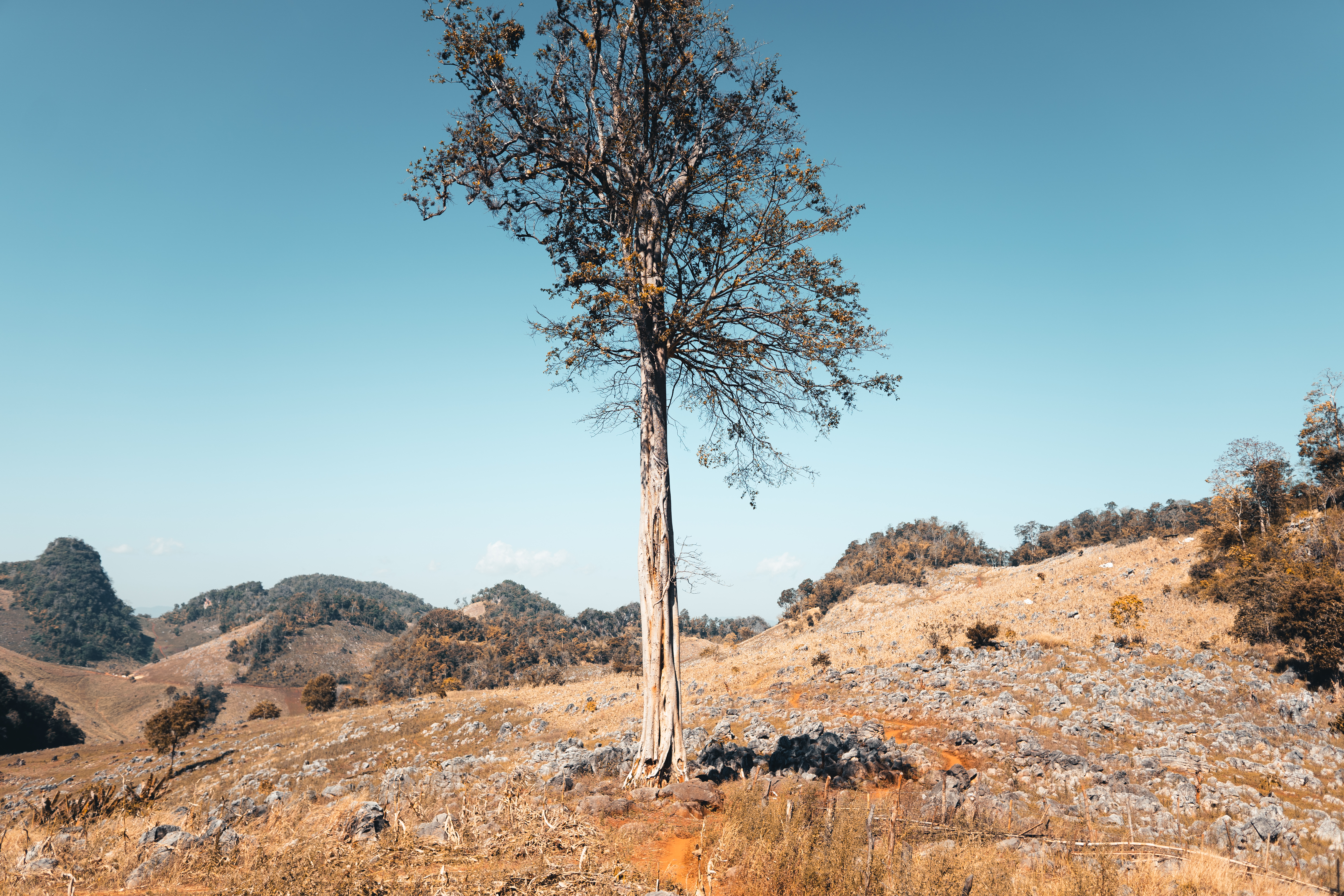Mapping Tree Species Drought Sensitivity Under Climate Change

Forests cover approximately 30% of Earth's land surface, absorb more carbon than all other terrestrial ecosystems, and provide trillions of dollars’ worth of ecosystem services (Food and Agriculture Organization of the United Nations, 2005). However, climate change-induced droughts pose a significant threat to these vital ecosystems. As climate change intensifies, it is critical for our planning and management that we understand how and where trees will be the most threatened. Previous research has examined the effects of these droughts on forests at a global scale, but these large-scale analyses are not particularly helpful for land managers that often focus on specific regions and only a limited number of species. Our project addresses this gap by assessing species-specific sensitivity to increasingly severe and frequent droughts, considering the variations within their ranges. This localized information is crucial for land managers to develop targeted conservation strategies. By analyzing species-specific data, we demonstrate that the impacts of drier conditions are not uniform across or within species. Our findings suggest that effective management strategies must adopt a multifaceted and area-specific approach. To make our findings easily usable, we developed an interactive dashboard for land managers and the public. Here, users can find species-specific sensitivity maps that highlight the areas of greatest concern within manageable spaces, providing a valuable tool for informed decision-making. Our project contributes to the understanding of the potential future drought impacts on forests and emphasizes the need for targeted conservation efforts to mitigate the consequences of climate change on these essential ecosystems.
Acknowledgments
UC Santa Barbara: Dr. Joan Dudney, Assistant Professor; Dr. Robert Heilmayr, Assistant Professor; Dr. Carmen Galaz García, Assistant Teaching Professor
Dr. Frances C. Moore, Associate Professor, UC Davis